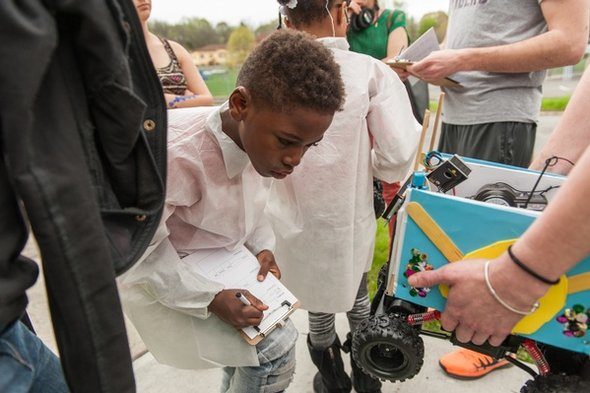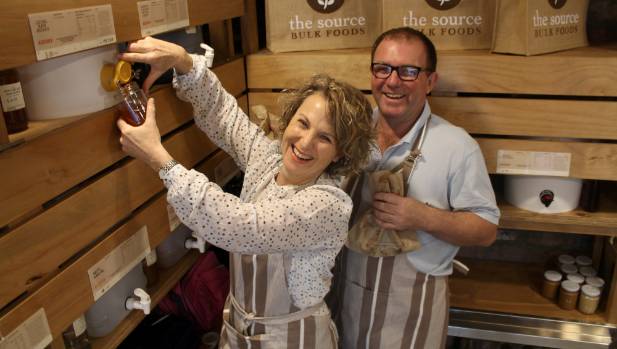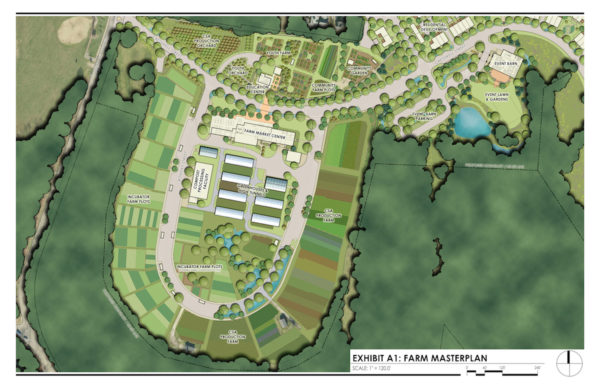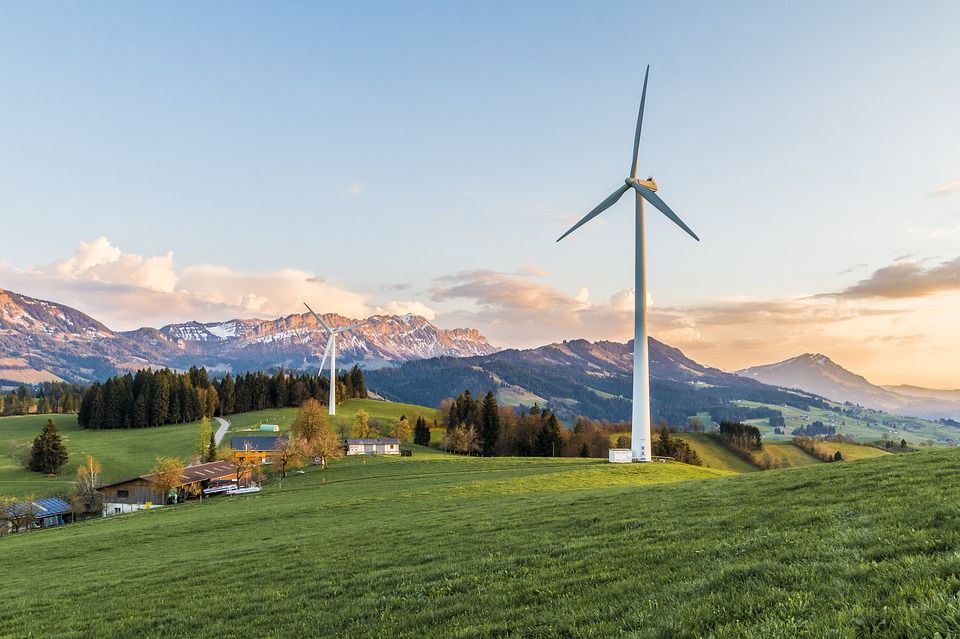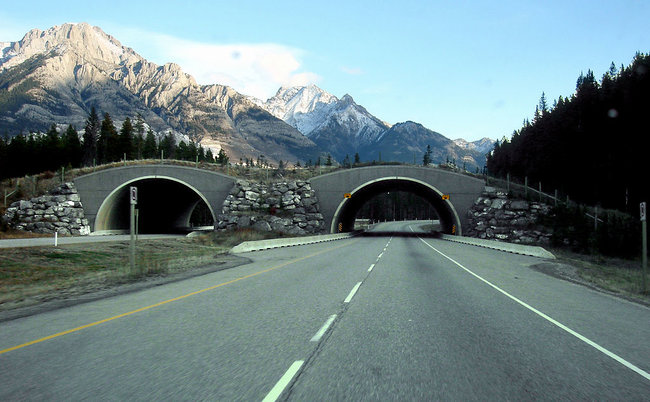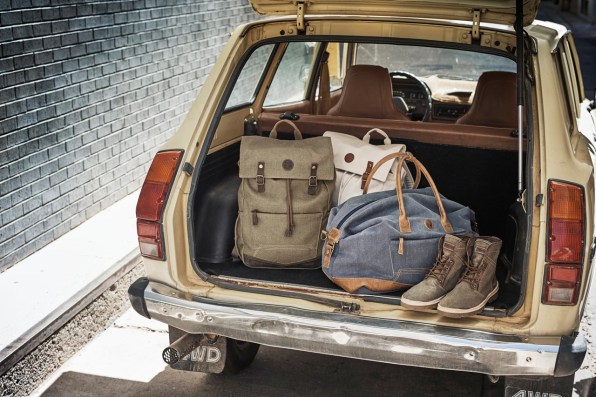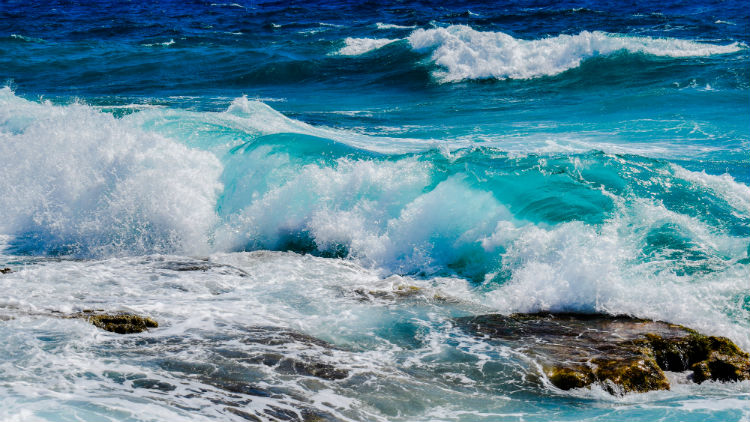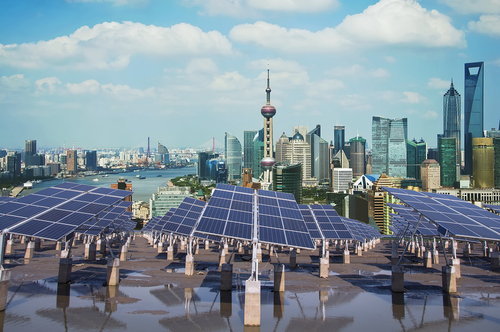Parents and teachers who are searching for ways to engage kids with local environmental issues might look to their community parks or science museums for opportunities. But what about art? Environmental issues can often be overwhelming or disheartening for members of the public, and art offers an innovative way to promote interest that can lead to deeper engagement down the line. This approach presents a particular opportunity for younger audiences, combining activities they love – like coloring, building, and crafts – with the basics of environmental issues.
Continue reading... →A brother-sister duo have teamed up to give shoppers on Auckland’s North Shore a taste of nostalgia. Andrea and Robert Watt have opened The Source Bulk Food in Milford, bringing unbranded, bulk food retail to the community in an effort to revitalize old-fashioned grocery shopping. The business stocks more than 400 products from as close to the source as possible, and is committed to being zero-waste, vetoing the use of plastic bags in favor of recyclable paper ones.
Continue reading... →In June, C&A, the international Dutch chain of retail clothing stores launched a line of T-shirts certified to the Cradle to Cradle standard, meaning that they were designed and manufactured in a way that is benign to the environment and human health, and whose materials can be recirculated safely back into industrial materials or composted into the soil. It represents, in no small measure, the future of product design and manufacturing. Creating a Cradle to Cradle (or C2C) T-shirt — at scale and at an affordable price to the consumer — was no small feat for C&A. It required a board-level commitment, close partnerships with contract manufacturers, an arduous search for replacements for problematic materials and some new messaging to customers.
Continue reading... →A former 107-acre public housing site in South Pittsburgh’s St. Clair neighborhood is being transformed into a massive urban farm. According to Next Pittsburgh, once construction of the Hilltop Urban Farm is complete, the site will be home to the largest urban farm in the U.S. The project will consist of 23 acres of farmland and about 70 hillside acres of walking trails, green spaces and conservation areas. The Urban Redevelopment Authority will set aside 14 acres for potential future housing. The farm will host a farmer’s market building, a three-acre Community Supported Agriculture (CSA) farm, a one-acre fruit orchard, a three-acre farmer incubation program, a one-acre youth farm with an environmental education building, a community garden, an on-site compost processing facility, as well as an events facility.
Continue reading... →Renewable energy is very much in the limelight these days, as country after country experience how these sources can keep at par with fossil fuels. Various places have shown how renewables are capable of supplying a huge chunk of their electricity demand. Renewables do so much more, though, as a recent study published in the journal Nature Energy now shows. Analyzing the impact of solar and wind energy in the U.S, the paper’s authors focused on how these renewables have saved both lives and money during a nine-year period (from 2007 to 2015). By reducing greenhouse gas emissions, increased dependence in solar and wind energy sources have improved air quality in the U.S., at a rate that varies between region to region.
Continue reading... →Highways quite literally carve up the ecosystems around us and have major effects on wildlife — including animal road deaths, separating colonies of animals, reducing breeding potential, cutting off food supply and even affecting biodiversity as a whole. So comes the idea of Green Bridges. Green bridges are protective over- or underpasses built for wildlife to cross highways safely, without running the risk of being hurt on the roads as they make their way about their daily lives. These special bridges provide small and large mammals, amphibians, insects and reptiles with a safe alternative to follow regional or trans-regional routes, while mitigating the fragmentation of their habitat and feeding/mating patterns.
Continue reading... →The recycling organization, Thread, is teaming up with the shoe and apparel company, Timberland, to bring customers new products made from 50% recycled plastic, collected as part of an economic revitalization project in Haiti. In Haiti, for the fabric made for Timberland, more than 1,300 people collected plastic bottles, and sold them to 50 Haitian-owned and operated collection centers that Thread partners with. The process to turn a bottle into fabric is fairly simple: the plastic is mechanically broken down into flakes, put through something that looks like a Play-Doh extruder, and then rolled and manipulated into bales that can be spun into fabric. Plastic bottles are made from oil; so is polyester. When a bottle is recycled into fabric, the end result looks the same as if it had come from fossil fuels (it can also be recycled into other products, such as printer cartridges).
Continue reading... →The process of restoring the ocean can help reduce poverty, increase food sources in coastal areas and provide income. A report designed for the UN World Ocean Conference suggests several ways humans can accomplish these goals, such as recovering and managing fisheries to revive the economy and alleviate poverty and hunger. The report, created by the Nippon Foundation — Nereus Program, highlights the issues of climate change due to global warming and how countries can work together to save the ocean and its marine life. One concern raised in the report is the rising sea levels, which are forcing fish to move to different locations, but more people are moving towards the coasts. To sustain ocean life, researchers are combining artificial intelligence (AI) with robotic technologies for efficient monitoring in places humans cannot go.
Continue reading... →A vast Chinese province of nearly 6 million people has generated all the power it needed for an entire week without using any fossil fuels, according to state-run Chinese media. Qinghai, a Tibetan plateau province in the country’s northwest, derived all of its power from wind, solar, and hydro-electricity from June 17 to June 23. The experiment was part of a trial run by the government to see if the electricity grid could cope without the kind of constant, reliable energy normally provided by fossil fuels.
Continue reading... →If you’ve tried random tips to minimize your energy use at home and are wondering why it hasn’t affected your electricity bill, not even one bit, your efforts may not be enough. Although there are a lot of cost-saving tips to follow that effectively conserve energy, you might be missing ONE thing. Here is an infographic about how to save money and conserve energy at home.
Continue reading... →